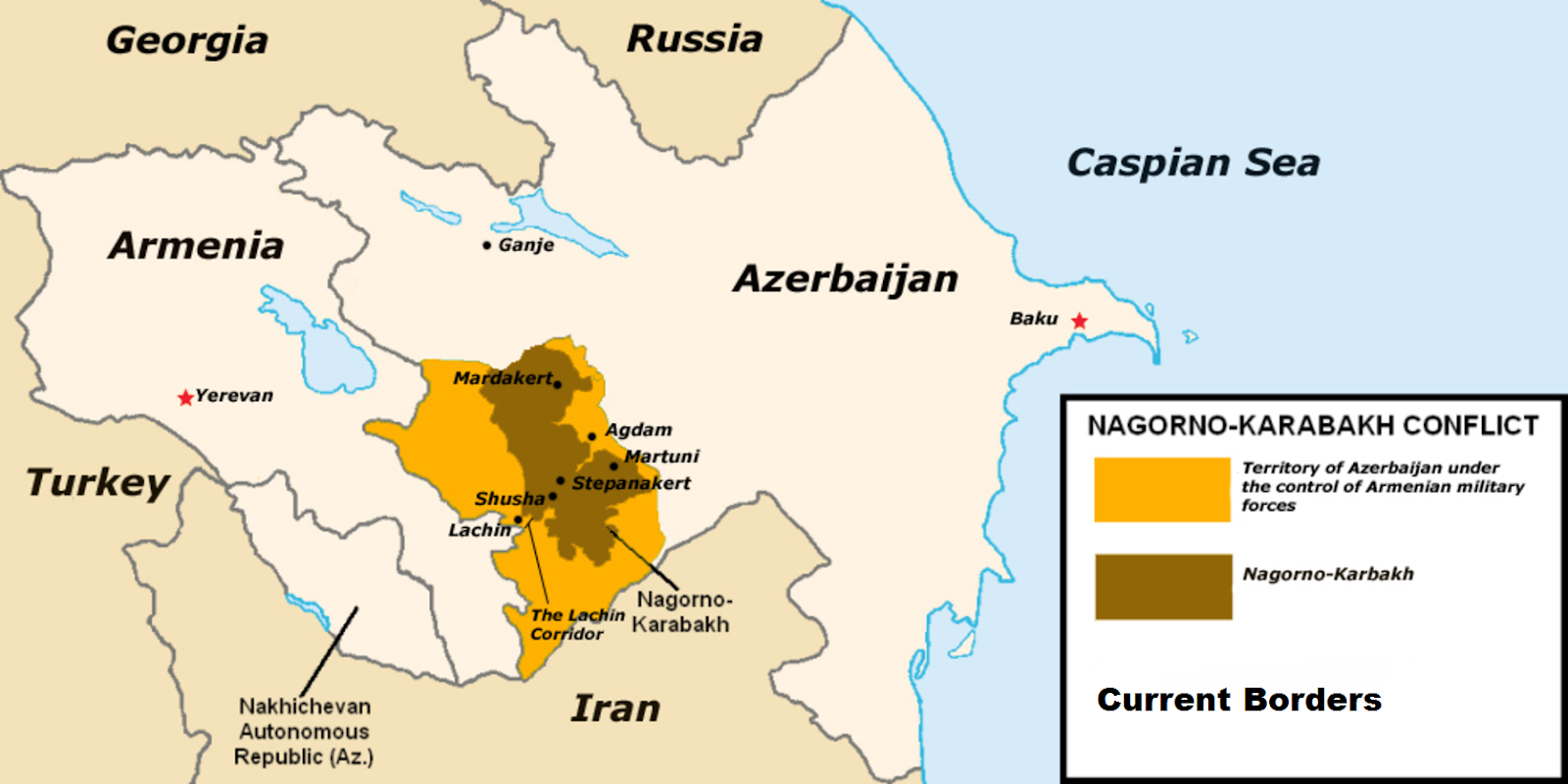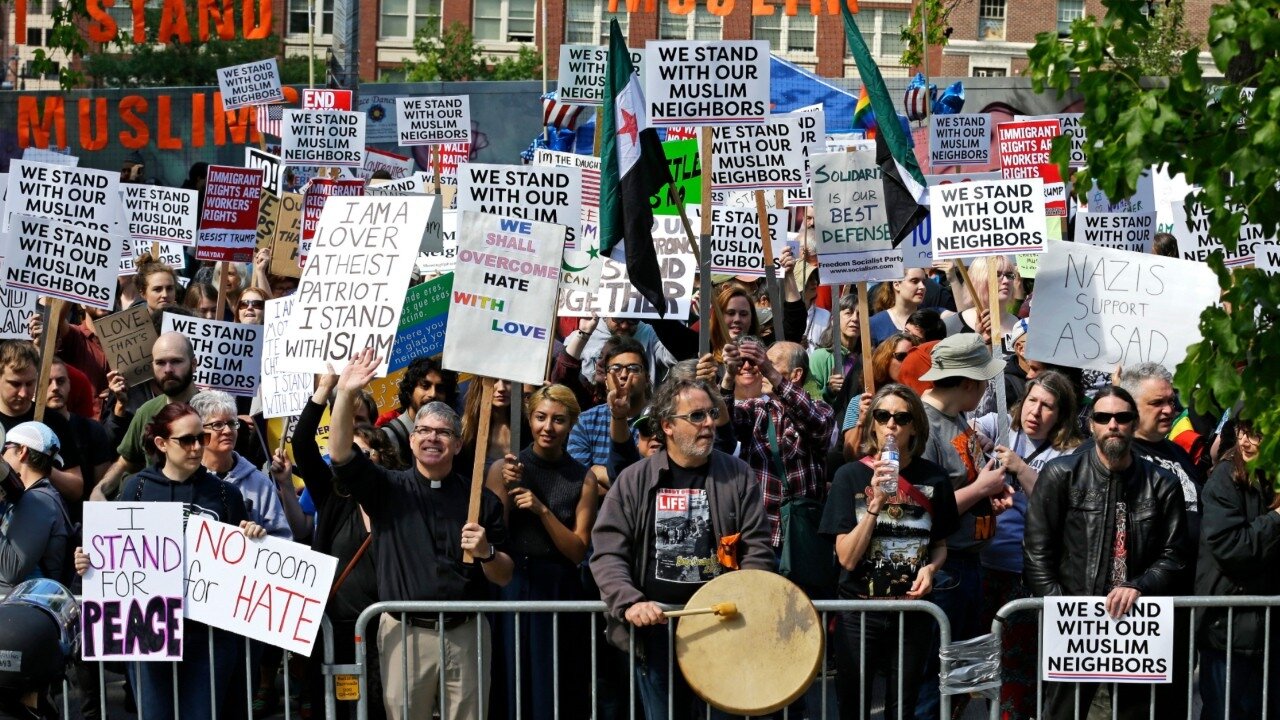Pictured above: Pope Francis. Photo courtesy of WikiMedia.
By Amelia Luo ’23
Staff Writer & Photographer
In the documentary “Francesco” — which premiered on Oct. 21 at the Rome Film Festival — Pope Francis expressed his support for same-sex civil unions, stating that gay people are also the children of God. Pope Francis’ remarks, different from the traditional teachings of the church, might bridge the gap between the church and its recognition of the LGBTQ+ community.
“Francesco,” directed by Evgeny Afineevsky, documents Pope Francis’ (born Jorge Mario Bergoglio) papacy for the past seven-and-a-half years, including his views on the environment, poverty, migration, inequality and more.
In the film, Pope Francis states, “Homosexual people have a right to be in a family. They are children of God and have a right to a family. Nobody should be thrown out or be made miserable over it. What we have to create is a civil union law. That way they are legally covered. I stood up for that.” This interview was the first time that Pope Francis has publicly stated his unequivocal support for same-sex civil unions after taking on the papacy.
For years, the Pope has not given a definitive answer about their views on same-sex unions. In 2013, when asked about homosexuality on a flight back to Brazil, he answered, “If a person is gay and seeks God and has good will, who am I to judge?” Yet in 2016, he flat out rejected same-sex marriage in his book “Amoris Laetitia” (The Joy of Love), claiming that it is in no way equal to marriage between a man and a woman. That being said, he still voiced support for people who are in nontraditional relationships such as single parents, unmarried straight couples and gay people who live together.
According to The New York Times, public support from Pope Francis has “the potential to shift debates about the legal status of same-sex couples in nations around the globe,” mitigating the relationship of the Catholic Church to the LGBTQ+ community.
Rose Lu ’23, a gender studies major at Mount Holyoke, remarked on how external societal factors play a large role in influencing people’s personal beliefs. “I believe that social structure [and] culture and people’s ideas are interlinked,” she said. “I always thought that if followers can accept other things that are forbidden in the Bible such as divorce and masturbation, then they shouldn’t exclude the LGBTQ[+] group.”
Pope Francis has made increasingly progressive comments and decisions during his papacy. On Oct. 25, he appointed the first African American cardinal to the Catholic Church’s highest governing body in history. Archbishop Wilton Gregory is a Chicago native and the first American named to the College of Cardinals since 2016.
Critics from both sides have commented on Pope Francis’ recent remarks. Since traditional Catholic teachings condemn and prohibit homosexual acts, conservatives have criticized him for “diluting” the church’s doctrine and reversing years of its teachings.
Others point out that while Pope Francis has helped shift the tone of the church on the topic of homosexuality, there has been little action involved in actually changing its teaching or policies.
Carrie Lewis ’23 expanded on this sentiment. “I think for Catholics in the LGBTQ+ community it’s a big step forward to accepting them fully for their sexuality,” Lewis said, noting that the Pope’s statement likely will not reverse homophobia within the religion. “For the Catholic community itself, I would be curious to see how this is introduced at the parish level. I wonder if they’ll begin to teach this new ‘dogma’ in Catholic schools.”
According to NBC, the Vatican is still firm in its claim that marriage is an “indissoluble union between man and woman,” thus making same-sex marriage unacceptable.















